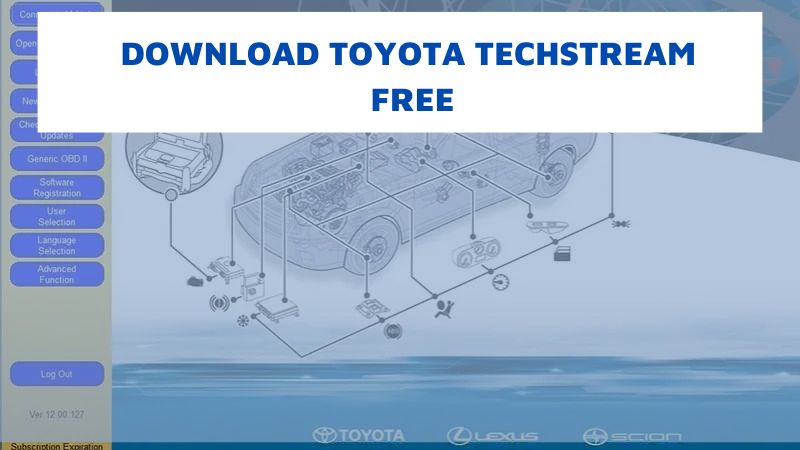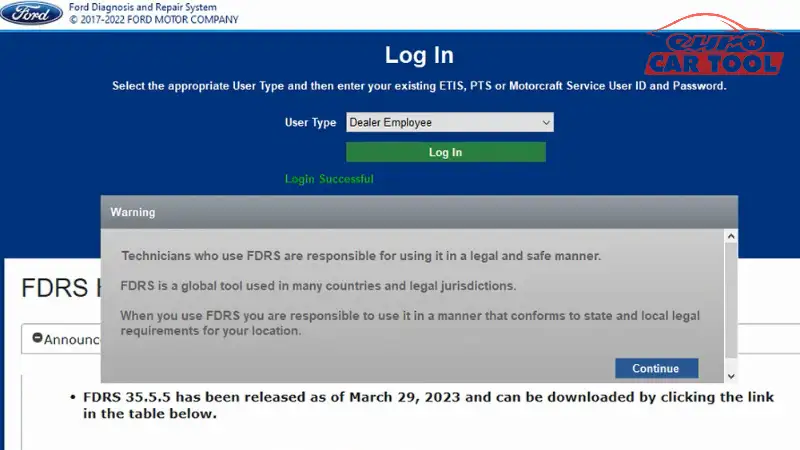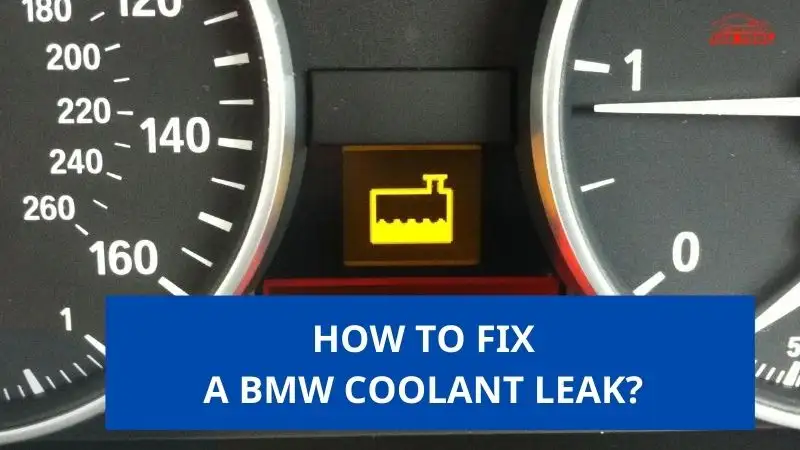How to fix the P0171 Range Rover?
Repair Manual, Knowledge share
Code P0171 Range Rover is an error warning that the engine is low or low on fuel or has too much air in the exhaust. Have you spent a lot of time trying to fix it but to no avail? Follow the information shared by Eurocartool below to know the cause and how to thoroughly fix this error on Range Rover vehicles.
Contents
What is error P0171 Range Rover?
Error code P0171 Range Rover indicates a fuel system problem. Specifically, it means the engine is running weakly, indicating that there is too much air and not enough fuel in the combustion mixture. This can be caused by a variety of problems, such as a vacuum leak, a faulty oxygen sensor, a clogged fuel injector, or a malfunctioning intake air flow sensor.
- Technical description of error P0171: Range Rover Code – System Too Lean Bank 1
- Problem Severity: This bug is rated as medium severity. If driving for a long time with error P0171 Range Rover will cause damage to the internal engine.
- Emergency Repair: Fix this code as soon as possible to avoid damage to the spark plug, piston, and catalytic converter.
- Diagnosis: Error P0171 occurs when the sensor detects that the fuel system has too little oxygen in the exhaust and the control module is adding more fuel than usual to maintain the proper air/fuel mixture . The cause may be due to faulty air sensor, vacuum leak, …

What causes a p0171?
When the vehicle appears in error code P0171 Range Rover, it means that the Engine Control Module (ECM) is no longer capable of automatically adjusting the correct air-fuel mixture ratio as prescribed. Because the internal combustion engine will operate most efficiently when this mixture ratio is 14.7 parts air to 1 part fuel. Too much fuel or too little air results in a strong engine, while too little fuel and/or too much air results in an underpowered engine resulting in the check engine light coming on P0171.
This can be due to the following reasons:
- Vacuum leak
- Weak fuel pump
- Damaged fuel pressure regulator
- Fuel filter blocked
- Faulty powertrain control module
- Faulty injector
- Oxygen sensor is faulty
- The catalytic converter is clogged
- Problem with large airflow sensor
In the event of any of the above failures, the powertrain control module (PCM) attempts to make up for the shortfall by injecting more fuel into the mix to maintain the ratio 14, 7:1 is appropriate. When these adjustments become too large, the ECM will evaluate the condition that the fuel injection system malfunction code P0171 will be activated.
Symptoms of error P0171
When the sensor on the vehicle detects that the fuel level ratio is not in accordance with the standard, the warning light will be activated first. You may also notice other symptoms such as:
- Engine Inspection The light is turned on or flashing.
- Engine power is insufficient.
- Idle time
- Misfiring or “coughing” engine
- Spark plug tips are white.
How to fix the error?
Step 1: Accurately diagnose the cause
The first step you need to take to fix the error is to use a diagnostic machine to determine the cause of the engine’s poor performance. According to the operating principle of the engine control box module, when the error code P0171 appears, it means that the control unit has lost its ability to automatically adjust the ratio of air and fuel.
This means that when the fuel system is “too low” more fuel is added from 15 percent to as high as 35 percent. When this happens, the computer knows that there is an inappropriate condition in the control of the Fuel System.
You need to determine the correct error because there are many cases where it is assumed that the gas – fuel sensor or the O2 sensor is damaged. But the root cause is dirty, faulty or vacuum leak air flow sensor thus causing the O2 or A/F sensor to read differently to compensate.
You can use SDD software or Land Rover Pathfinder Software to diagnose the problem on your vehicle.
Step 2: Check the airflow
The purpose of this inspection step is to check that all hoses and vacuum tubes are properly connected or leaking. If it does, you will hear a hissing sound, but it is quite difficult to detect while the engine is running.
Step 3: Check the air flow sensor (MAF)
Remove and clean the MAF sensor with a specialized cleaner. This operation you can do at home under the guidance of our technicians.
Step 4: Check the exhaust system
The exhaust system needs to be checked to detect leaks or errors in the oxygen sensor, the air sensor. The fastest way to identify an area of a leak with the naked eye is that there is an excessive build-up of deposits at some point.
Step 5: Check fuel pressure
An imbalanced air-fuel ratio can cause fuel pressure to fluctuate. By measuring the pressure, you will know the current condition and trace the cause from the fuel injector, fuel pressure regulator or or from the fuel pump.
Step 6: Check the air fuel sensor
Please ensure that after performing the above inspection and repair steps, the diagnostic device still shows error code P0171 Range Rover, then remove the O2 sensor to check and replace if it is damaged.
Our experts recommend that the P0171 Range Rover fault be addressed as soon as possible to avoid reduced fuel efficiency and damage to the catalytic converter. If you still cannot solve the problem, you may have made some mistake or have not prepared the right equipment for the type of vehicle you are making. Contact us via WhatsApp: +13155472355 for more detailed advice and instructions.






